
Foot pain can feel like an uninvited guest—sudden, persistent, and downright inconvenient. Whether it’s a dull ache, a sharp jab, or a burning sensation, foot pain affects millions of people daily, disrupting routines and limiting mobility. But here’s the good news: relief might be closer and quicker than you think.
In this guide, we’ll explore the common causes of foot pain, practical tips to address it, and a simple 30-second technique that can help alleviate discomfort. Ready to step into a world with less pain? Let’s dive in!
What is Foot Pain?
Foot pain is a common discomfort that can range from a mild ache to severe pain affecting one or more areas of the foot. It may be a temporary issue caused by overuse or a sign of an underlying condition that needs attention. The foot is a complex structure consisting of 26 bones, 33 joints, and over 100 muscles, tendons, and ligaments, making it susceptible to various injuries, stress, or medical conditions.
Sudden Foot Pain Without Injury
Experiencing sudden foot pain without an apparent injury can be frustrating and alarming. While you might associate foot pain with trauma or overuse, there are several other potential reasons why it can occur seemingly out of nowhere. Here’s a closer look at some common causes of sudden foot pain unrelated to injury:
Plantar fasciitis (inflammation of the tissue on the sole of the foot), arthritis (joint inflammation), gout (a type of arthritis caused by uric acid build-up), Morton's neuroma (nerve irritation in the ball of the foot), tarsal tunnel syndrome (nerve compression in the ankle), stress fracture, or even poorly fitting shoes; if the pain is severe or accompanied by swelling, redness, or inability to walk, seek medical attention.

Which diseases start with foot pain?
To find the culprit, it’s a good idea to figure out where the pain is coming from. Specific types of foot pain and the most common causes of each include:
Top of foot pain
If you have pain on the top of your foot, possible causes include:
Sprains or strains.
A sprain is an injury to a ligament, the tough band of fibrous tissue that connects bones at a joint. Sprains occur when a ligament is stretched or torn due to excessive force.
A strain is an injury to a muscle or tendon, the tissue that connects muscles to bones. Strains occur when these tissues are overstretched or torn, often due to overuse or sudden forceful movements.
Osteoarthritis.
Osteoarthritis (OA) is the most common form of arthritis, affecting millions of people worldwide. Often referred to as a "wear-and-tear" condition, it develops when the protective cartilage that cushions the ends of your bones gradually breaks down. This results in joint pain, stiffness, and decreased mobility.
Tendonitis.
Tendonitis, also spelled tendinitis, refers to the inflammation or irritation of a tendon—the thick, fibrous cords that connect muscle to bone. It commonly results from repetitive motion, overuse, or sudden injuries and can cause significant discomfort and limited mobility.
Gout.
Gout is a common type of arthritis characterized by sudden, severe attacks of pain, redness, and swelling in the joints. It typically affects the big toe but can occur in other joints like the ankles, knees, wrists, and fingers. Gout is caused by an excess of uric acid in the blood, which forms sharp, needle-like crystals in the joints.
Bottom of foot pain
Pain in the bottom of your foot, including arch pain and ball of foot pain, might develop because of:
Plantar fasciitis (commonly causes arch and heel pain).
Plantar fasciitis is one of the most common causes of heel pain. It occurs when the plantar fascia, a thick band of tissue that runs along the bottom of your foot and connects your heel to your toes, becomes inflamed. This condition can cause sharp, stabbing pain, especially during the first steps after waking up or after long periods of inactivity.
Morton’s neuroma.
Morton’s neuroma is a painful condition that affects the ball of the foot, most commonly between the third and fourth toes. It involves the thickening of tissue around one of the nerves leading to your toes, which can cause sharp pain, burning sensations, or a feeling like there’s a pebble in your shoe.
Flat feet (fallen arches).
Flat feet, also known as fallen arches, occur when the arches of the feet are either too low or absent. This condition means the entire sole of the foot comes into full or near-full contact with the ground when standing. While flat feet are common and often painless, they can sometimes lead to discomfort or affect your overall posture and gait.
Sprains or strains.
Bunions.
A bunion is a bony bump that forms on the joint at the base of the big toe. Medically known as hallux valgus, this condition develops when the bones in the front part of your foot move out of alignment, causing the big toe to lean toward the second toe. Over time, the joint at the base of the big toe enlarges and protrudes, leading to discomfort, irritation, and sometimes significant pain.
Corns and calluses.
Corns and calluses are thickened areas of skin that develop as a natural defense mechanism to protect the skin from friction and pressure. While they’re generally not harmful, they can become painful or cause discomfort, especially when neglected.
Osteoarthritis.
Bursitis.
Bursitis occurs when a bursa becomes irritated or inflamed due to repetitive motion, trauma, or pressure. The inflammation results in pain and stiffness around the affected joint. In the feet, bursitis most commonly affects the heels, the base of the toes, and the top of the foot.
Plantar warts.
Plantar warts are a type of wart that forms on the bottom (plantar surface) of the feet. They are caused by the human papillomavirus (HPV) and typically appear as thickened, hardened skin that can have a small black dot in the center. This black dot is a blood vessel that the wart has grown into. Unlike other warts, plantar warts grow inward rather than outward due to the pressure applied when standing or walking.
Side of foot pain
Pain on the outside of your foot could indicate:
Bursitis.
Bunions.
Peroneal tendonitis.
Peroneal tendonitis is the inflammation of the peroneal tendons—the peroneus longus and peroneus brevis—that run along the outer edge of the lower leg and foot. These tendons help stabilize and support the foot, especially during activities that involve lateral (side-to-side) movements or weight-bearing. When these tendons are overused, improperly used, or injured, they become inflamed and painful, leading to discomfort and restricted movement.
Posterior tibial tendon dysfunction (PTTD).
The posterior tibial tendon runs along the inside of the ankle and foot, attaching to the bones of the foot and supporting the arch. It helps stabilize the foot when walking and running, especially during push-off. When this tendon becomes strained, overstretched, or torn, it can lead to dysfunction, resulting in pain, swelling, and changes in foot structure.
PTTD typically occurs gradually over time, with early symptoms often being subtle. If left untreated, the condition can progress to more severe stages, causing significant foot deformities, such as flatfoot (fallen arches).
Stress fractures.
Stress fractures are tiny fractures or cracks in the bone that occur due to repeated stress or overuse. They are often seen in weight-bearing bones, such as those in the lower legs, feet, and hips. Unlike regular fractures that result from a single traumatic event, stress fractures develop over time due to the constant, repetitive pressure placed on the bone during physical activity.
Jones fracture.
A Jones fracture is a break in the fifth metatarsal bone, which is located on the outer side of the foot, near the base of the little toe. Unlike stress fractures, which develop gradually over time due to repetitive strain, a Jones fracture is often caused by an acute event or injury.
Cuboid syndrome (subluxation of midtarsal joint).
Cuboid syndrome, also known as subluxation of the midtarsal joint, is a condition that affects the cuboid bone in the foot. The cuboid bone is located on the outside of the foot and plays a crucial role in stabilizing the foot during movement. When this bone becomes misaligned or moves out of its normal position (a subluxation), it can lead to pain, discomfort, and difficulty with certain activities.
Foot heel pain
Heel pain is a common symptom of:
Plantar fasciitis.
Achilles tendonitis.
Achilles tendonitis is an overuse injury that affects the Achilles tendon, the large tendon that connects the calf muscles to the heel bone. This condition causes inflammation and pain in the tendon, and it’s most commonly seen in athletes or active individuals who engage in sports that involve running, jumping, or sudden changes of direction. However, anyone who engages in repetitive motion of the ankle can develop Achilles tendonitis.
Bursitis.
Heel fracture.
A heel fracture refers to a break in the calcaneus bone, which is the large bone at the back of the foot that forms the heel. This type of fracture can occur as a result of high-impact trauma, such as a fall from a height, a car accident, or a sports injury. A heel fracture can be quite painful and may interfere with your ability to walk or stand. The severity of the fracture can vary, and treatment depends on the type and extent of the injury.
Achilles tendon rupture.
An Achilles tendon rupture is a serious injury that involves a tear in the Achilles tendon, which is the large tendon that connects the calf muscles to the heel bone. The Achilles tendon is crucial for walking, running, and jumping, so when it ruptures, it can severely impact mobility and require medical intervention.
Toe pain
Toe pain can be a frustrating and debilitating condition, often affecting mobility and quality of life. It can arise from a wide variety of causes, ranging from simple irritations like blisters to more serious conditions such as arthritis or nerve damage.
Ingrown toenail.
An ingrown toenail occurs when the edge of a toenail grows into the surrounding skin, causing pain, swelling, and potential infection. It is a common condition that typically affects the big toe but can occur on any toe.
Bunion.
Gout.
Gout is a form of inflammatory arthritis that occurs when excess uric acid in the blood forms crystals and deposits in the joints, leading to sudden and severe pain. While it can affect any joint, it most commonly impacts the big toe. This condition is known for its intense pain, swelling, and redness, which often appear suddenly, causing significant discomfort.
Hammertoes.
Hammertoes are a common foot deformity that occurs when one or more of the toes (usually the second, third, or fourth) become bent at the middle joint, resembling the shape of a hammer. This condition can lead to discomfort, pain, and difficulty with walking, especially when wearing shoes.
Broken toe.
A broken toe, also known as a fractured toe, is a common injury that can happen when the toe is hit with force or trauma. The toe bones are small and delicate, so fractures can occur easily, especially during physical activities or accidents.
Raynaud’s syndrome.
Raynaud's syndrome (also known as Raynaud's disease) is a condition that affects blood flow to certain parts of the body—typically the fingers and toes—during cold weather or stressful situations. It occurs when the blood vessels constrict, reducing blood flow to the extremities, and leading to a series of symptoms. This condition is named after the French doctor Maurice Raynaud, who first described it in the 19th century.
Nerve pain in foot
Nerve pain might feel like a burning, tingling, or electric shock sensation. Nerve pain in your foot could indicate:
Burning feet syndrome.
Burning feet syndrome (also known as Grierson-Gopalan syndrome) is a condition characterized by a sensation of burning, tingling, or warmth in the feet, often accompanied by discomfort or pain. While it may sound like something as simple as a hot day or ill-fitting shoes, burning feet syndrome can be a sign of an underlying medical condition. The sensation can vary in intensity and can affect one or both feet, often occurring during the night when you’re resting.
Baxter’s neuropathy.
Baxter’s neuropathy, also known as Baxter’s nerve entrapment or Inferior Calcaneal Nerve Entrapment, is a condition where the Baxter’s nerve (a branch of the tibial nerve) becomes compressed or irritated. This nerve is responsible for sensation in parts of the bottom of the foot, particularly in the heel area. When it is compressed, it leads to pain and discomfort in the foot, often mistaken for other common foot conditions like plantar fasciitis.
Tarsal tunnel syndrome.
Tarsal Tunnel Syndrome (TTS) is a condition that occurs when the tibial nerve or its branches are compressed as they pass through a narrow space known as the tarsal tunnel. This tunnel is located on the inside of the ankle, just behind the medial malleolus (the bony prominence on the inner side of the ankle). When the tibial nerve or its branches become compressed, it can cause pain, numbness, tingling, and other symptoms in the foot and ankle.
Peripheral neuropathy.
Peripheral neuropathy refers to a condition that results from damage to the peripheral nerves, which are the nerves outside of the brain and spinal cord. These nerves carry signals from the central nervous system to the rest of the body, including the limbs, skin, and organs. When these nerves are damaged, it can lead to a variety of symptoms, including pain, numbness, tingling, and weakness in the affected areas.
Sciatica.
Sciatica is a term used to describe pain that radiates along the sciatic nerve, the longest nerve in the body, which runs from the lower back through the hips, buttocks, and down each leg. Sciatica typically occurs when the sciatic nerve is compressed or irritated, leading to sharp, shooting pain that can be debilitating.
Diabetes-related neuropathy.
Diabetes-related neuropathy refers to nerve damage caused by prolonged high blood sugar levels (hyperglycemia) in people with diabetes. It is one of the most common complications of diabetes and can significantly impact a person's quality of life. Neuropathy most commonly affects the peripheral nerves, which are responsible for carrying messages from the brain and spinal cord to the rest of the body, including the limbs, skin, and organs.

Why do the soles of my feet hurt?
There are many reasons why the soles of your feet might hurt. Here are a few of the most common:
Overuse: Prolonged standing, walking, or running can put a lot of stress on your feet, leading to soreness and discomfort.
Poor Footwear: Wearing ill-fitting shoes, such as those that are too tight, too loose, or lack adequate support, can cause significant foot pain.
Do you have any of the following diseases:
Plantar Fasciitis
Metatarsalgia
Flat Feet
High Arches
Injury
Medical Conditions
If you're experiencing persistent or severe foot pain, it's essential to consult a healthcare professional for proper diagnosis and treatment.
How do you know if your foot pain is serious?
You should consider your foot pain serious and seek medical attention if you experience any of the following:
Severe or Persistent Pain: If the pain is intense, doesn't improve with rest, or significantly interferes with your daily activities.
Sudden Onset: If the pain appears suddenly and severely, especially after an injury.
Swelling, Redness, or Warmth: These can indicate infection or inflammation.
Numbness or Tingling: These symptoms may suggest nerve involvement.
Fever: This could be a sign of infection.
Difficulty Walking or Bearing Weight: If you cannot put any weight on your foot or have significant difficulty walking.
Open Wounds or Sores: Any open wound on the foot, especially if it's deep, bleeding, or not healing properly.
Visible Deformity: If your foot appears misshapen or out of alignment.
Diabetes: People with diabetes should seek medical attention for any foot pain, as they are at increased risk for complications.
How can I stop my feet from hurting?
Here are some general tips that may help alleviate foot pain:
Rest: Avoid activities that aggravate the pain and allow your feet to rest as much as possible.
Ice: Apply ice packs to the affected area for 15-20 minutes at a time, several times a day.
Elevation: Elevate your feet above your heart whenever possible to reduce swelling.
Over-the-counter pain relievers: Non-steroidal anti-inflammatory drugs (NSAIDs) like ibuprofen or naproxen may help reduce pain and inflammation.
Proper Footwear: Wear comfortable, well-fitting shoes with good arch support and cushioning. Avoid wearing high heels or shoes that are too tight or too loose.
Stretching Exercises: Gentle stretches for the feet, ankles, and calves can help improve flexibility and reduce stiffness.
Strengthening Exercises: Exercises to strengthen the muscles in your feet and ankles can improve stability and support.
Orthotics: Custom-made orthotics can provide support and cushioning for your specific foot type and help alleviate pain.
Important Note: These are general tips and may not be effective for all types of foot pain. If your foot pain is severe, persistent, or accompanied by other symptoms, it's crucial to consult with a healthcare professional for proper diagnosis and treatment.

How to Relieve Foot Pain in 30 Seconds
Loop a towel around the ball of your foot and pull your toes towards your body, keeping your knee straight. Hold for 30 seconds. Repeat three times on each foot.


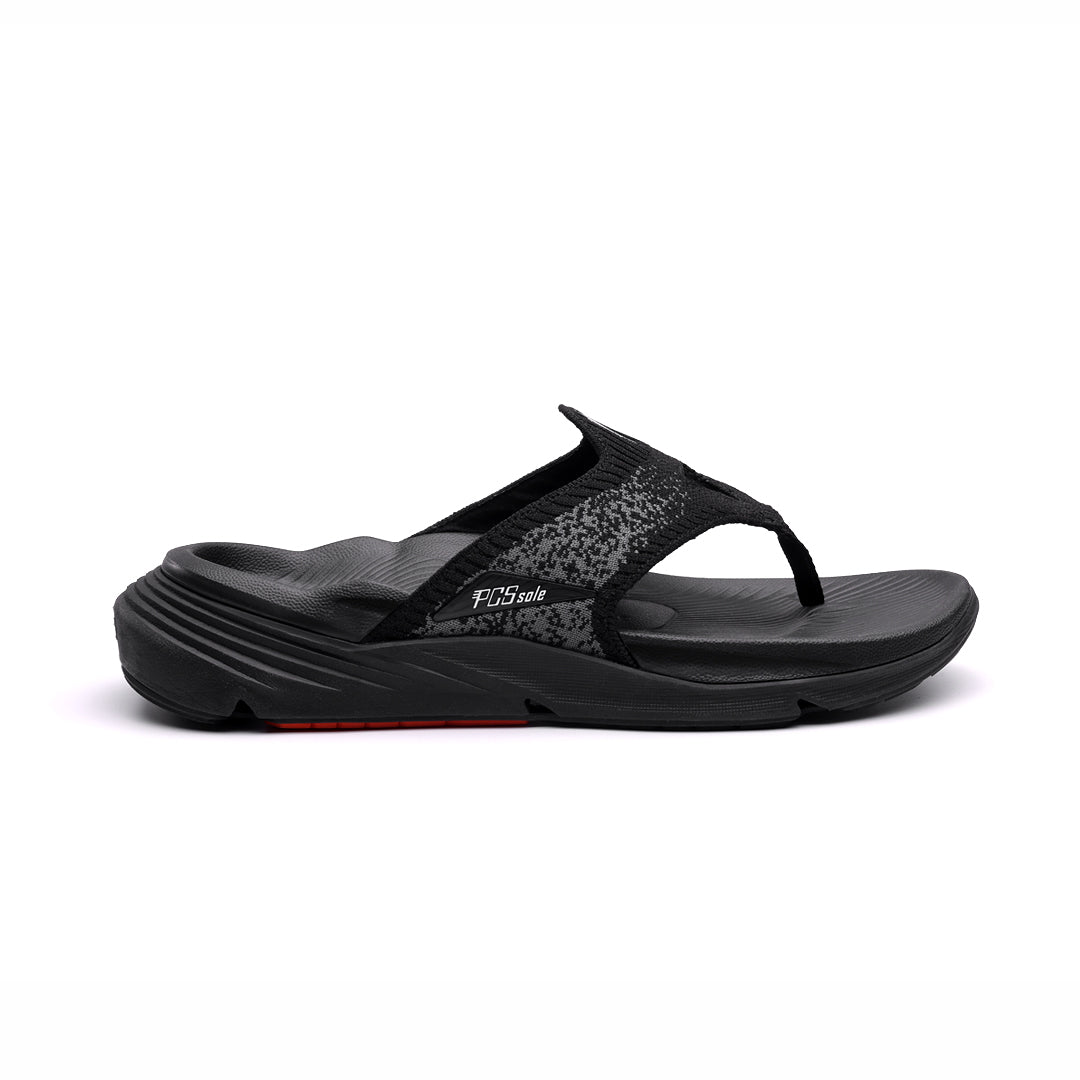

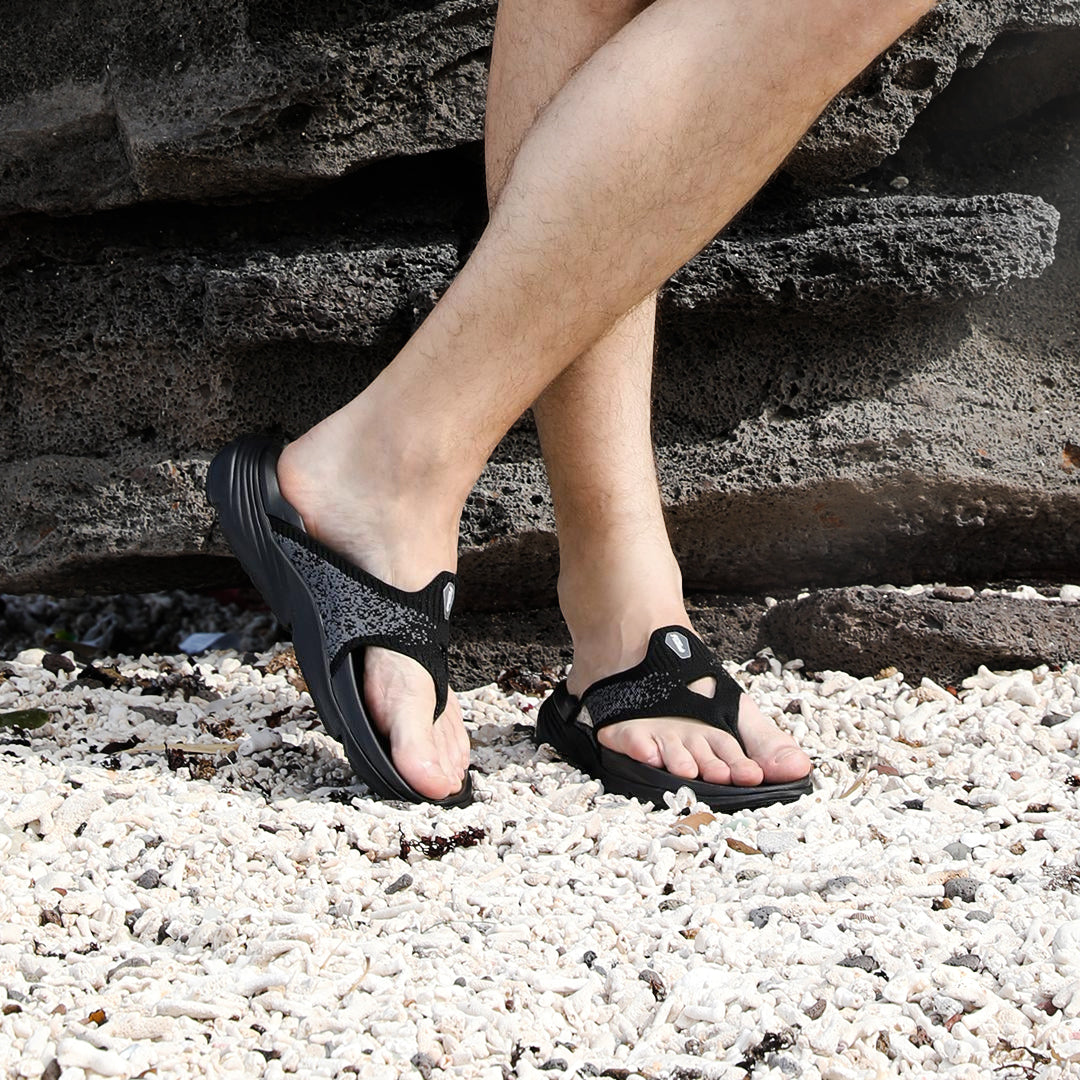
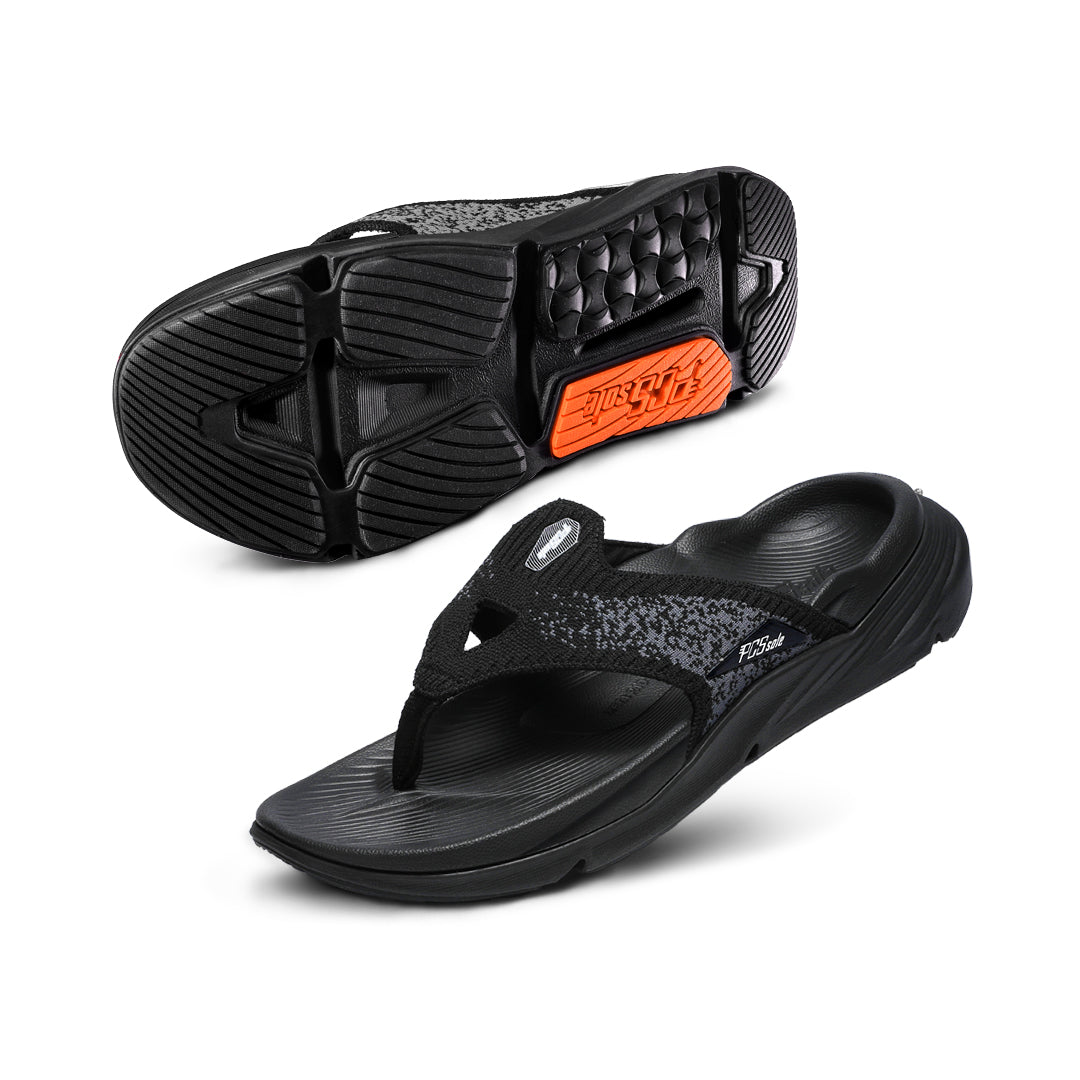
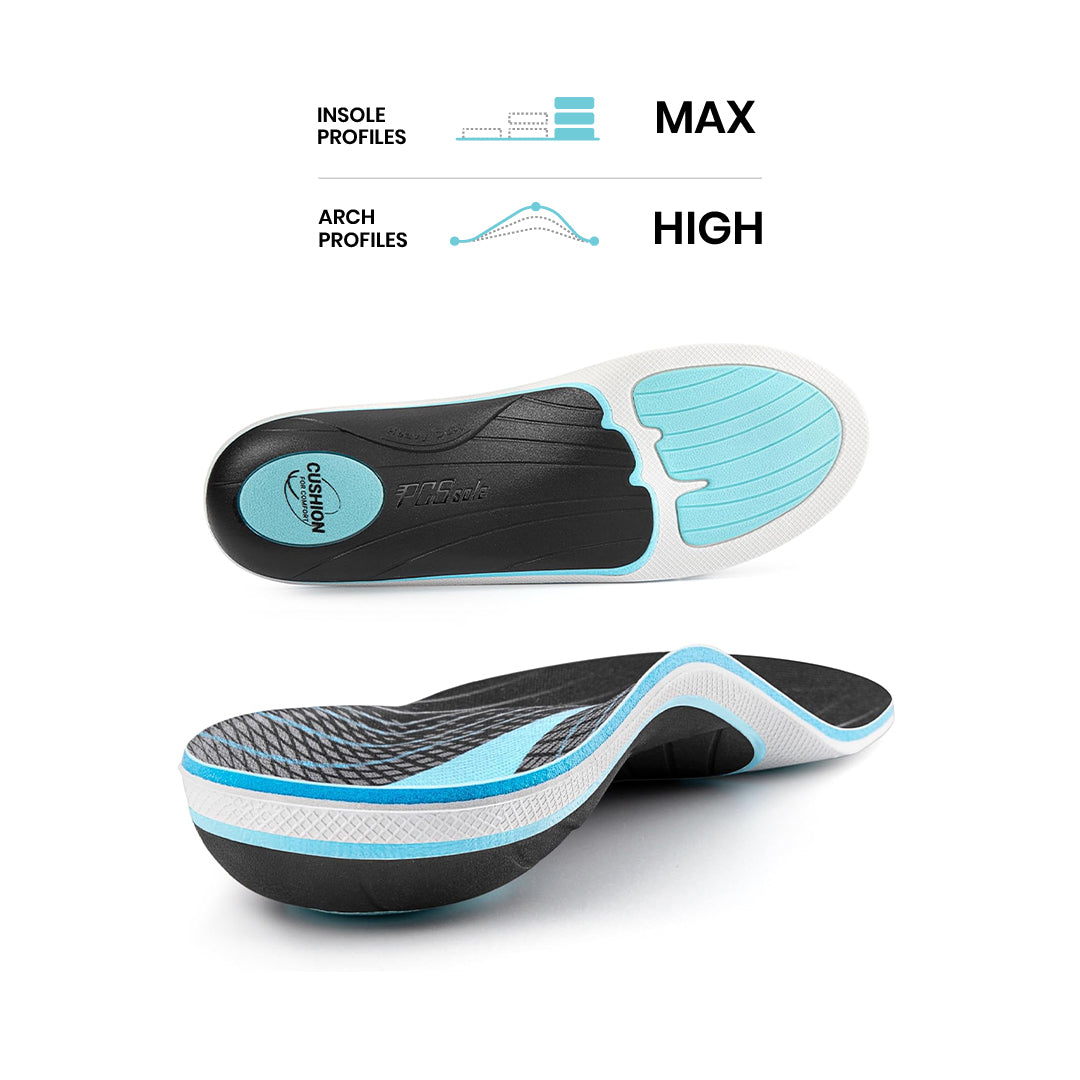
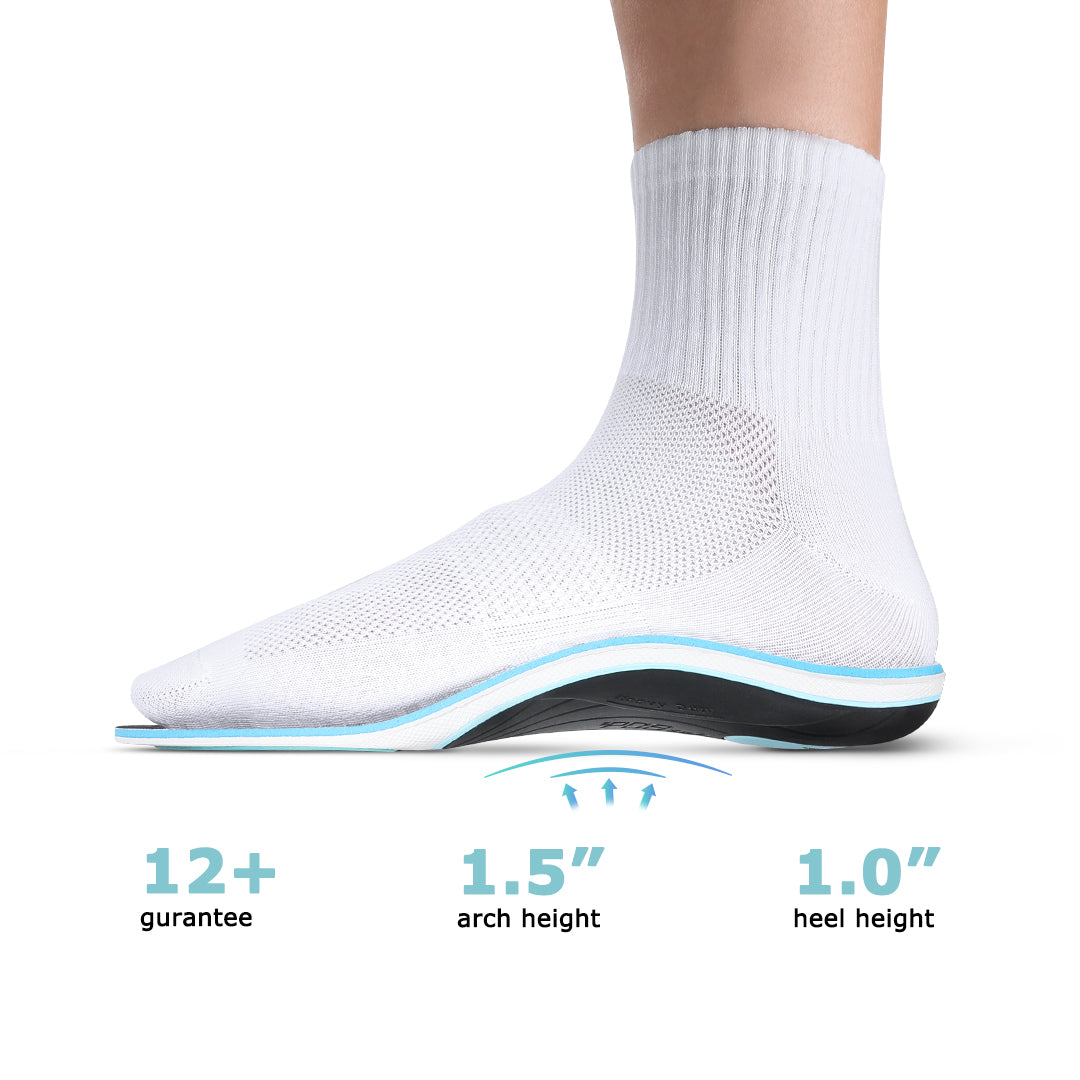
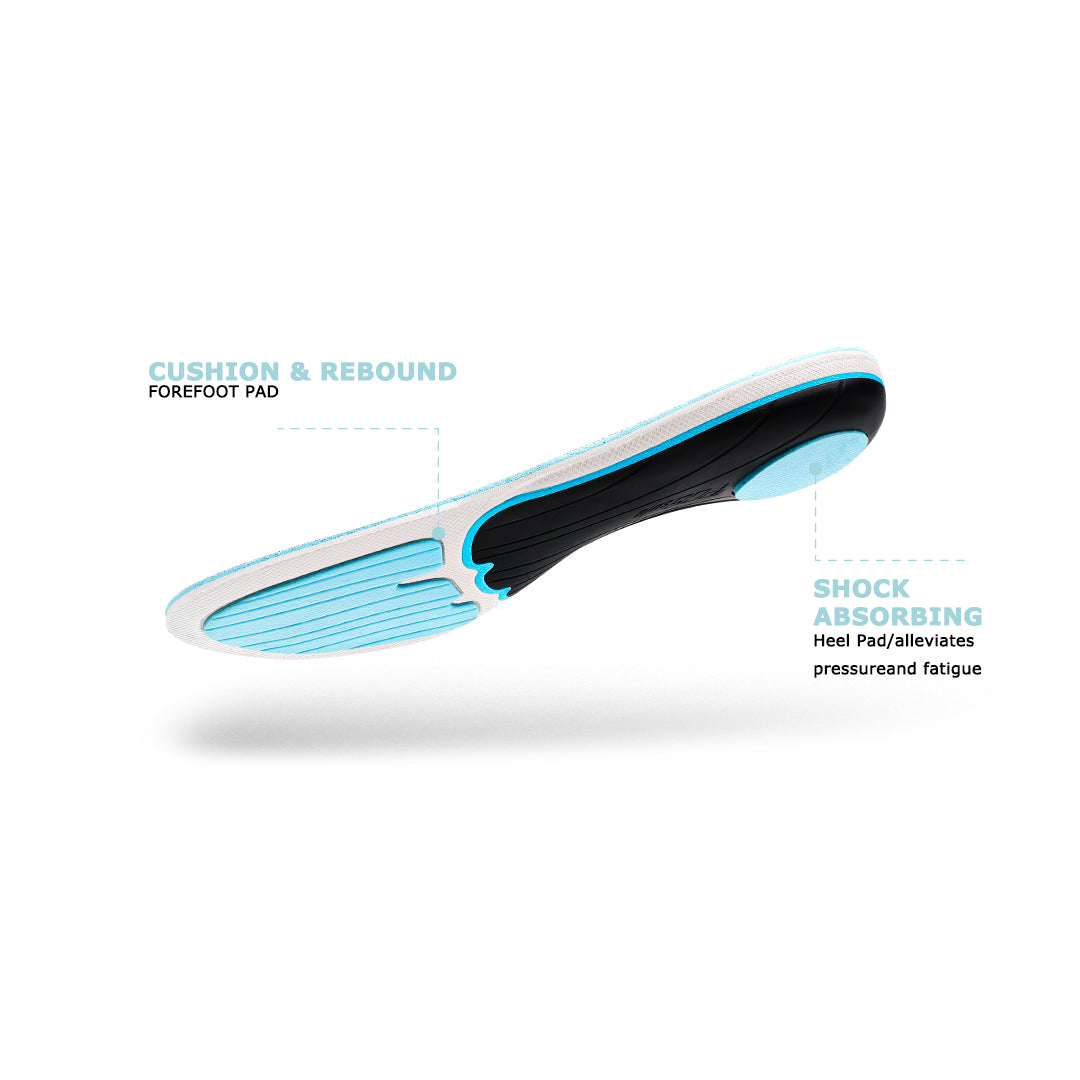
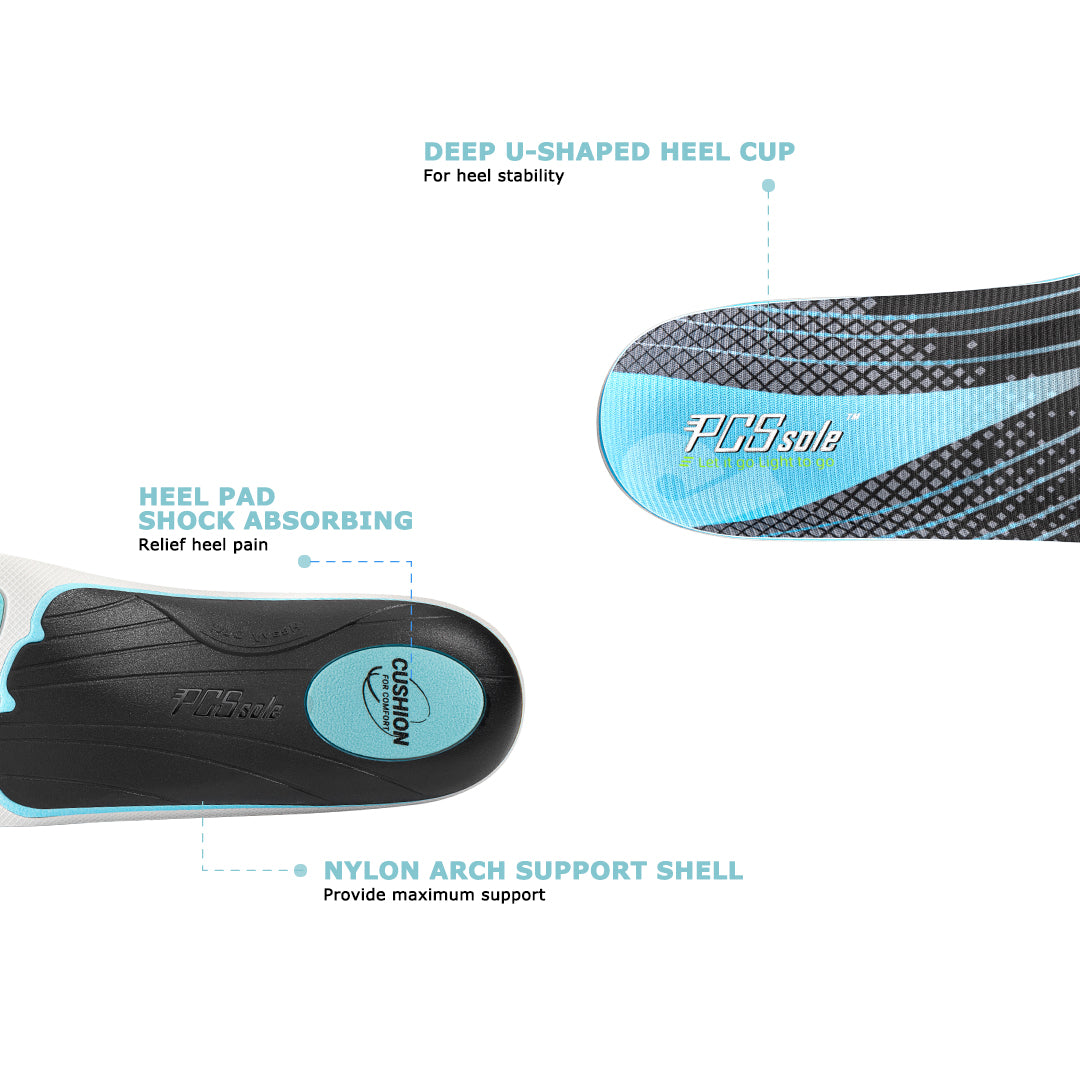
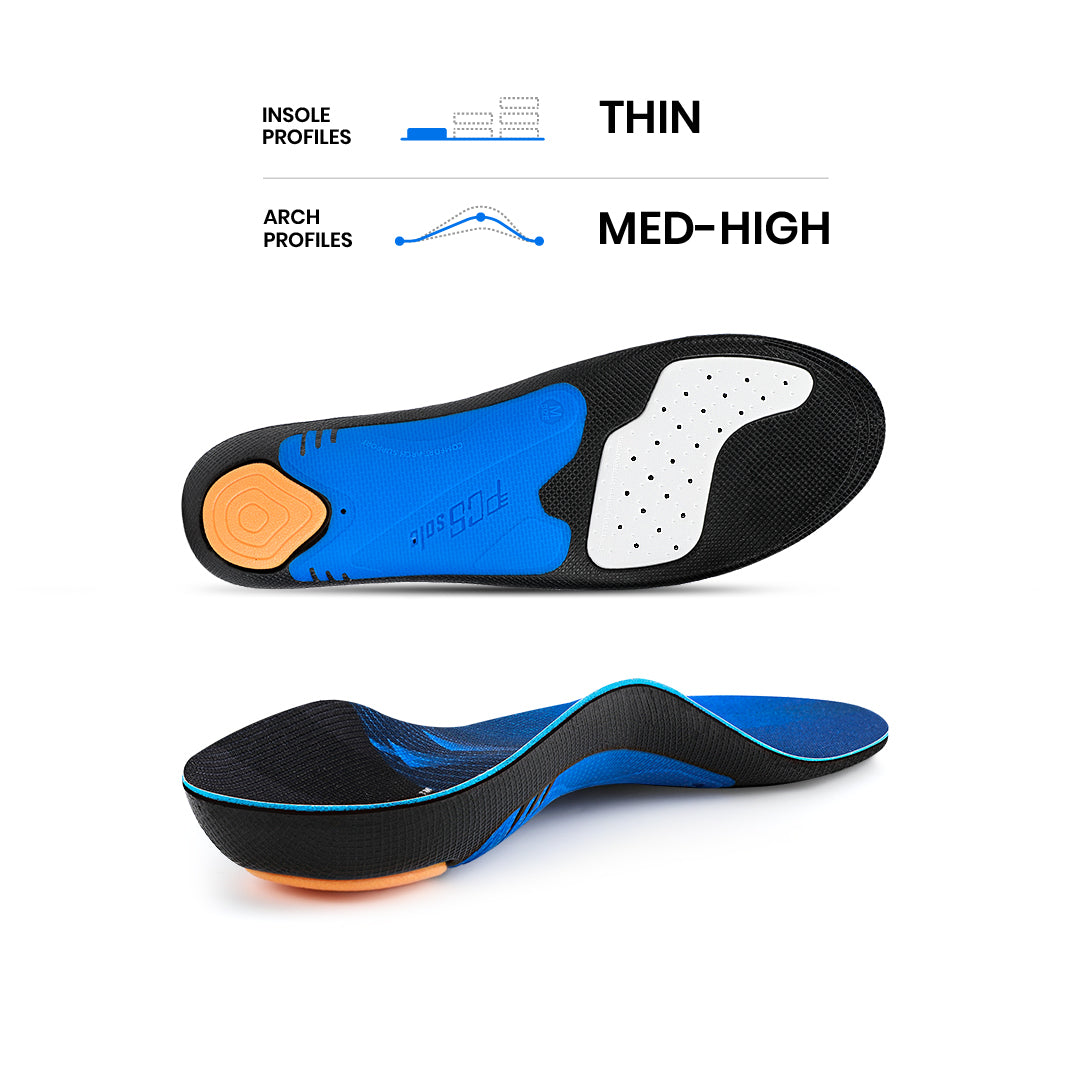
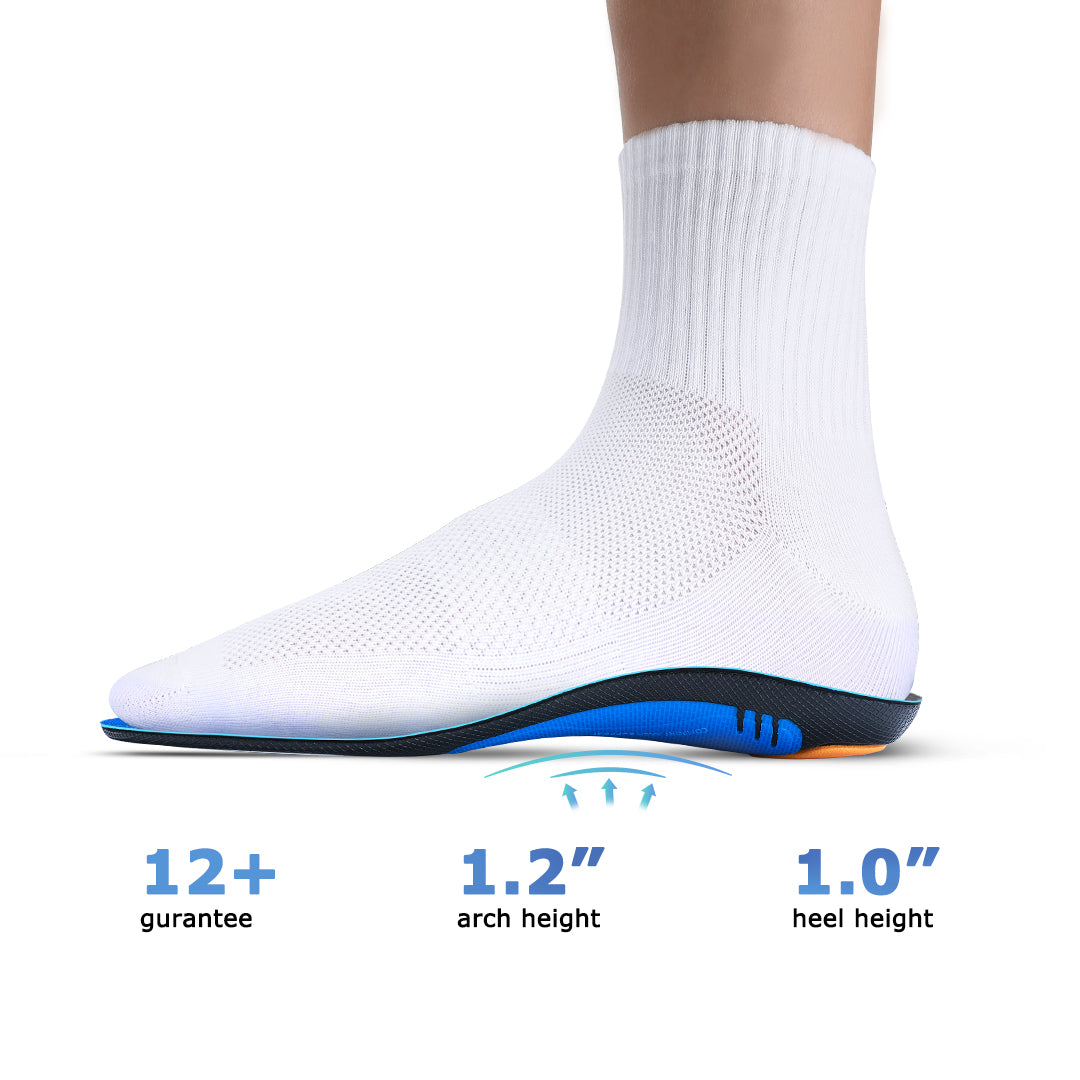
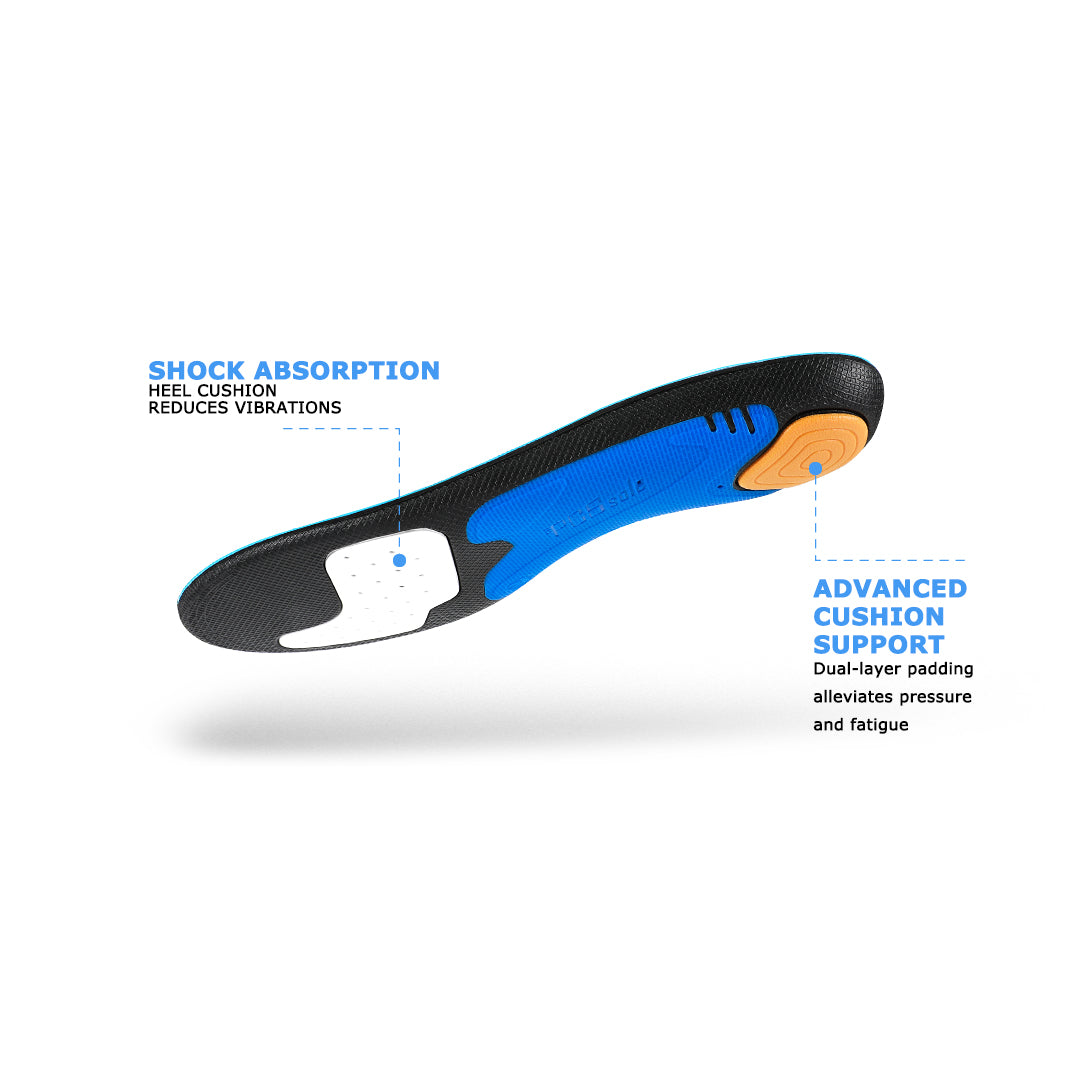
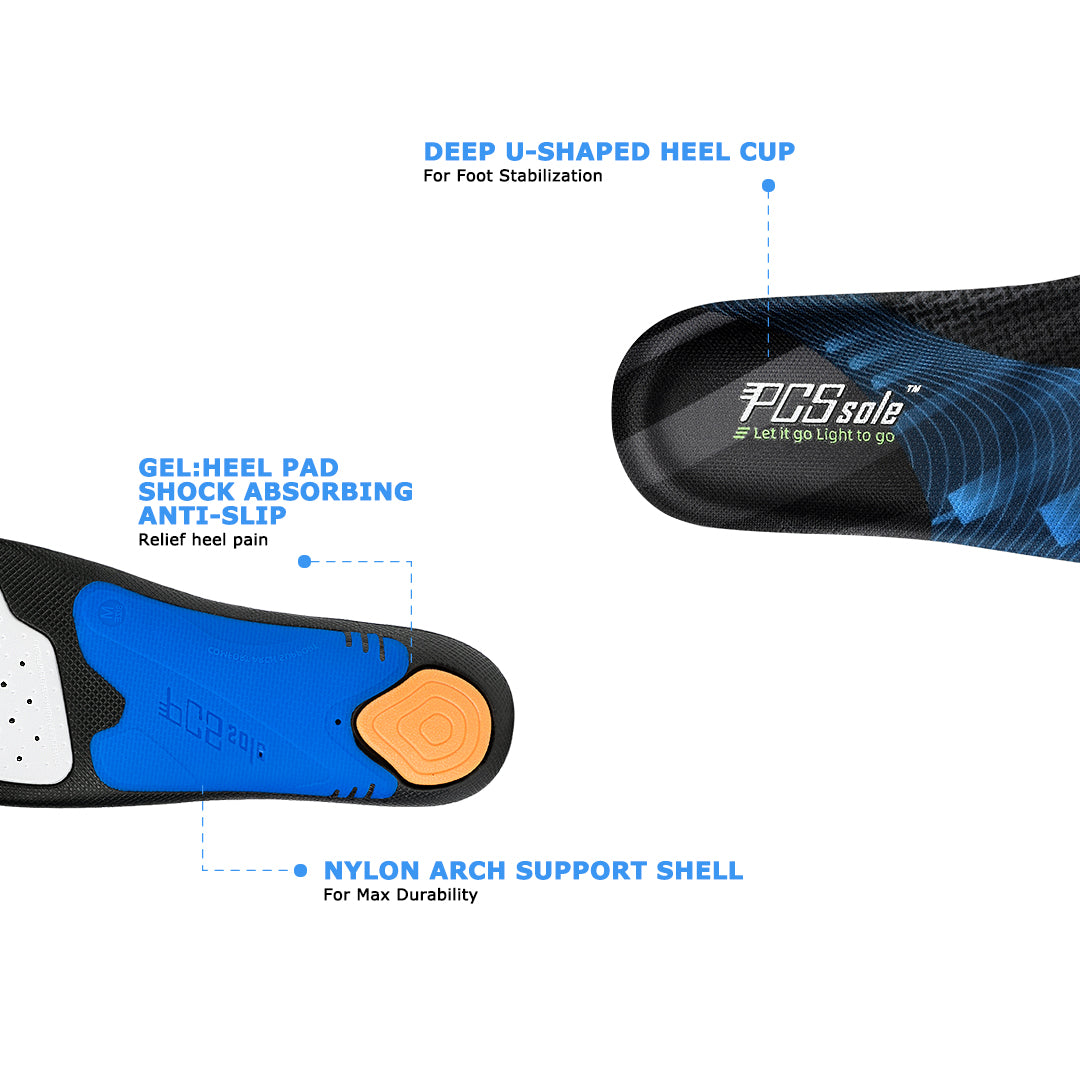
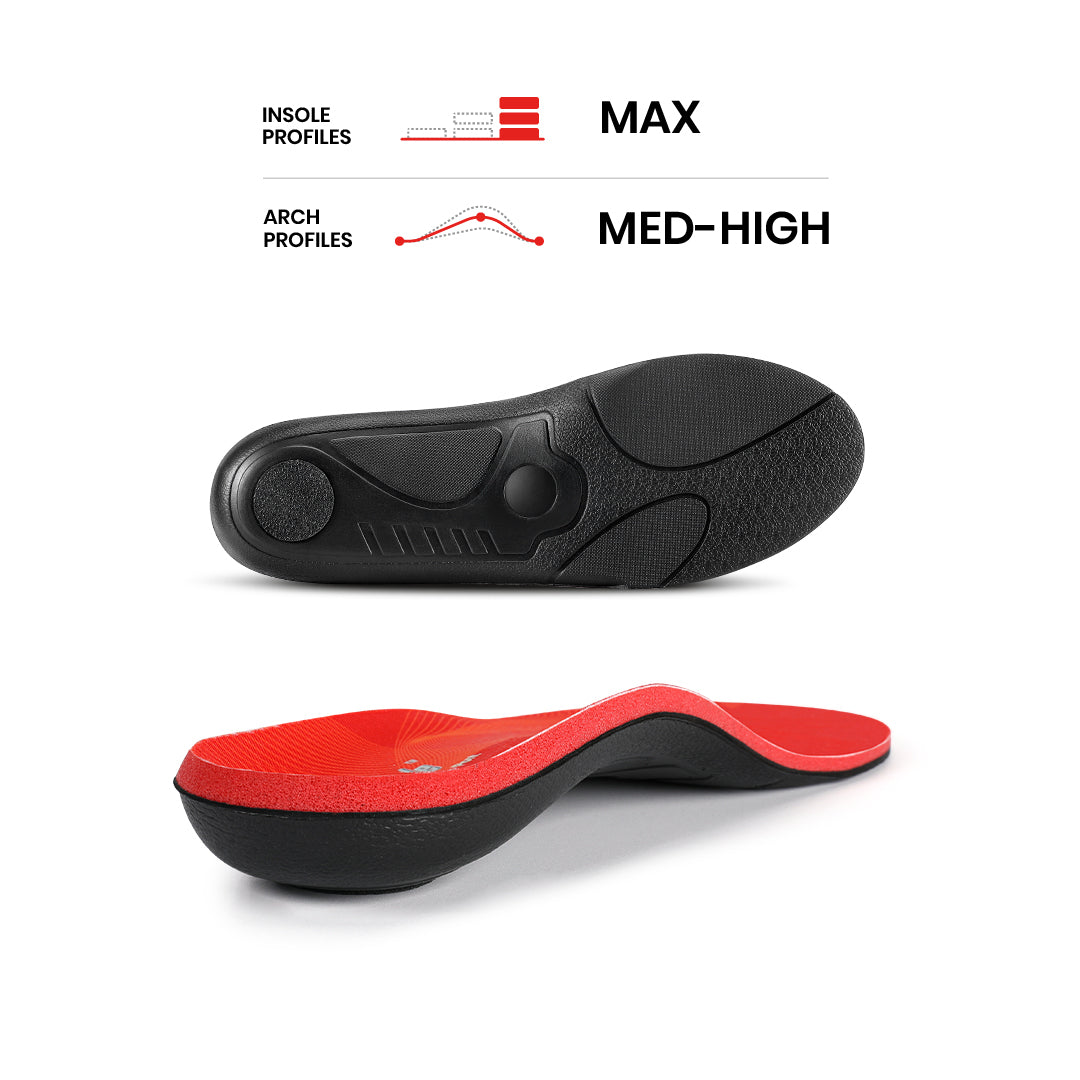
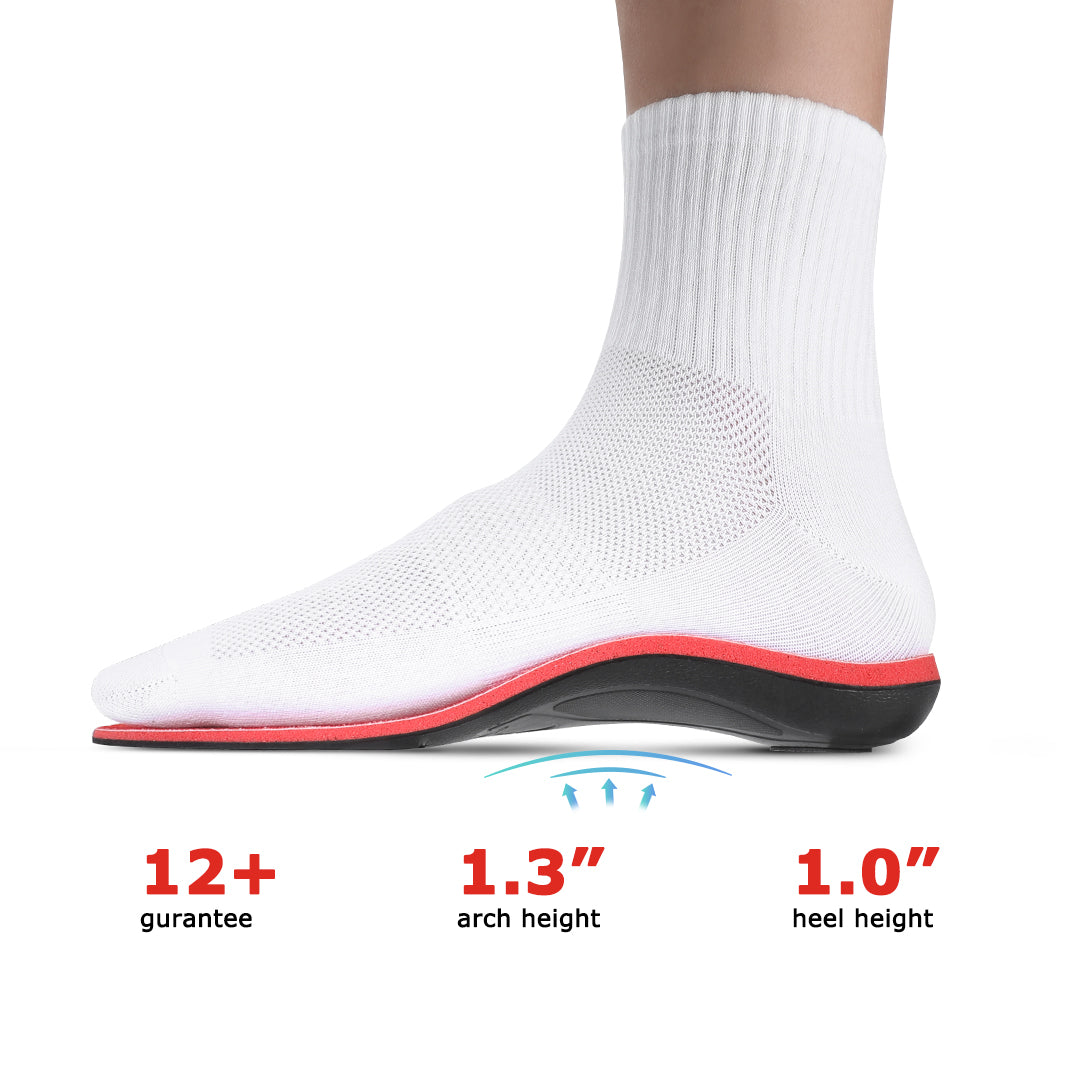
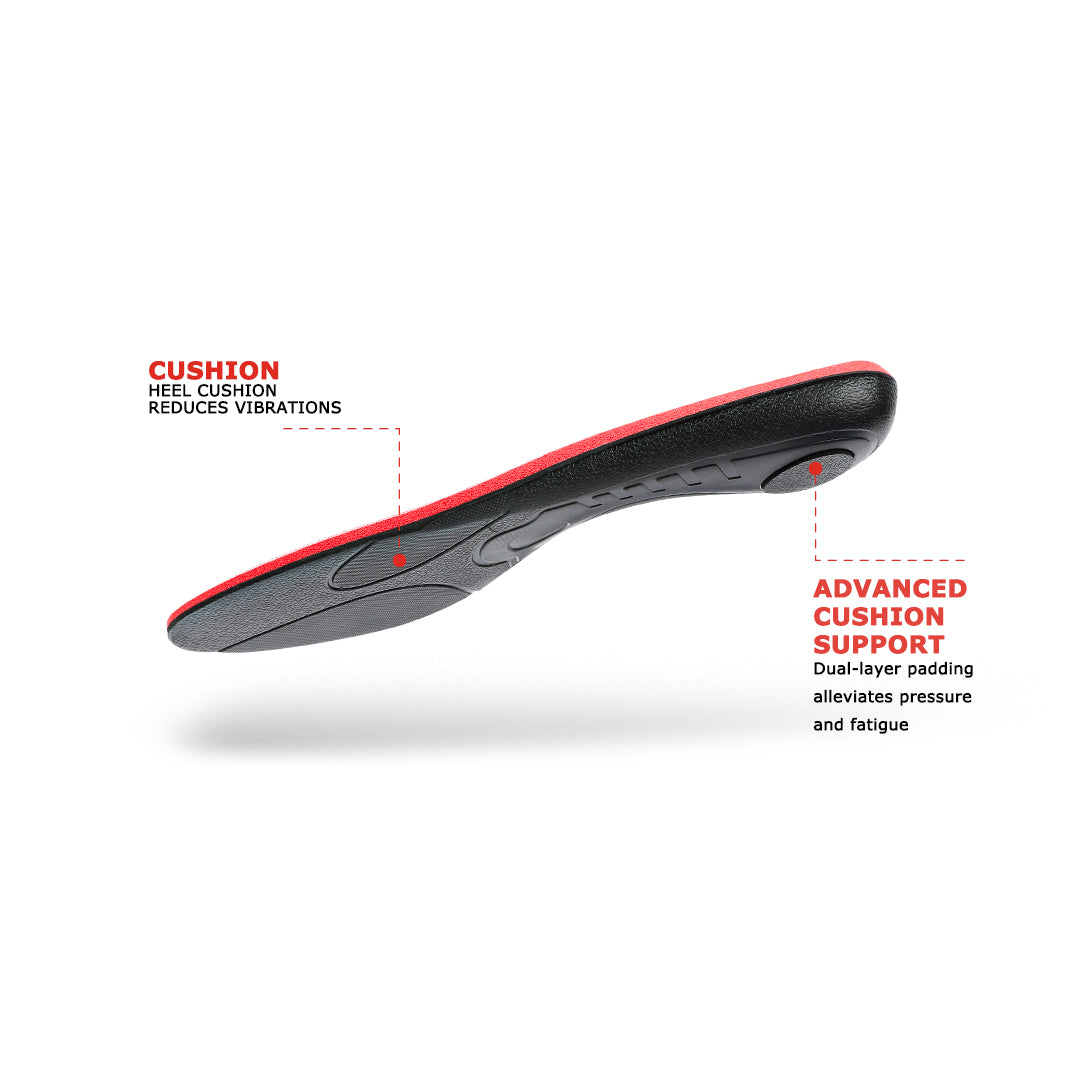
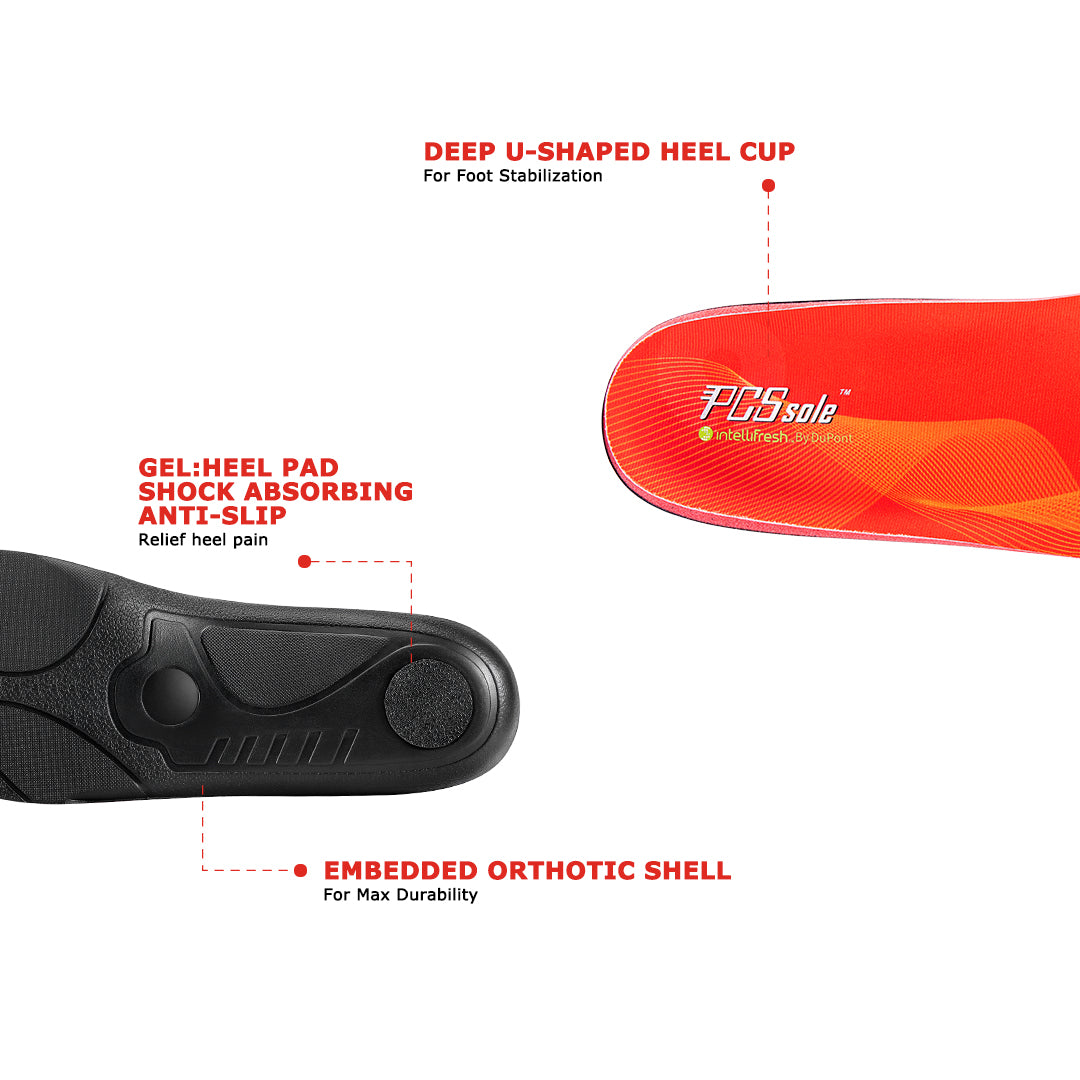
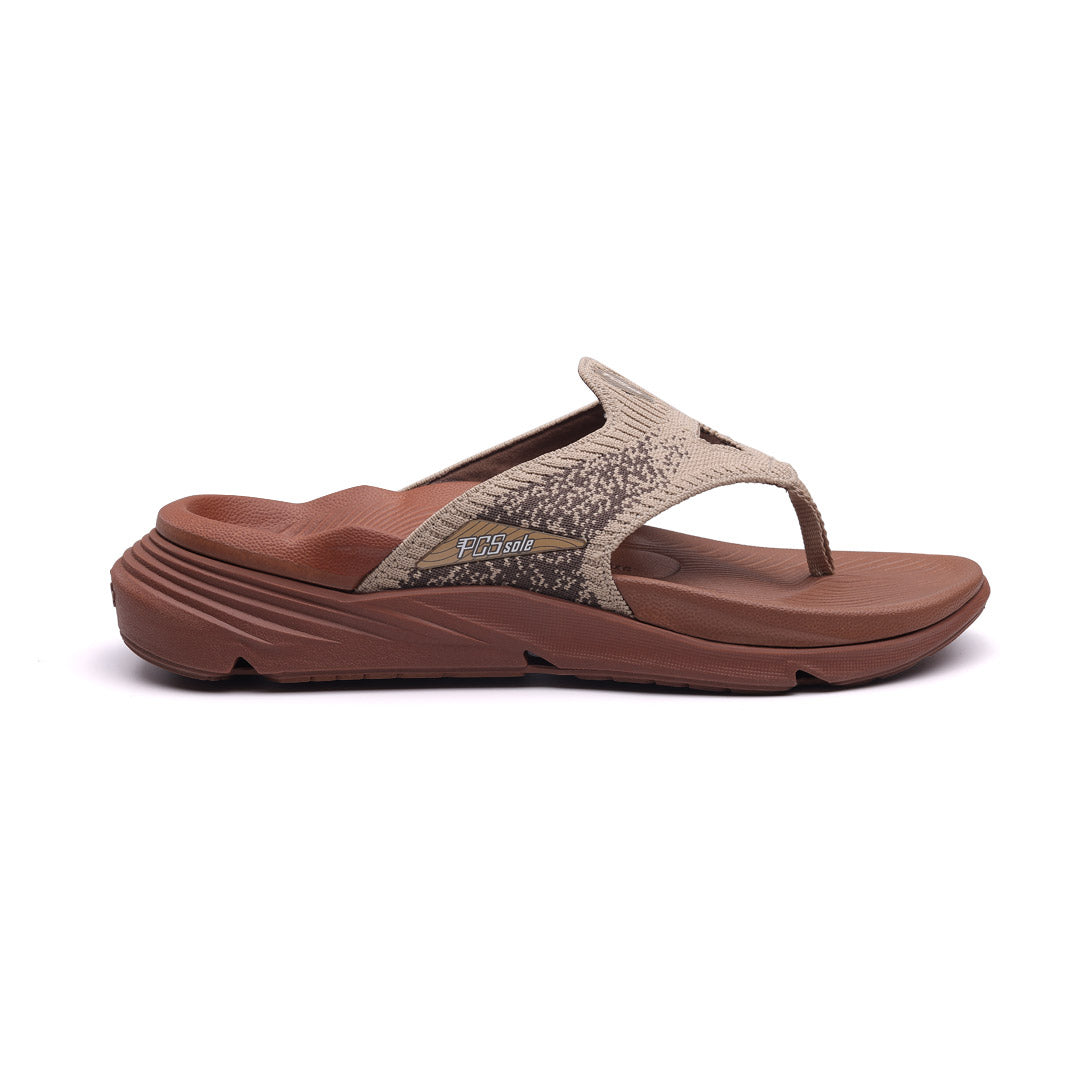


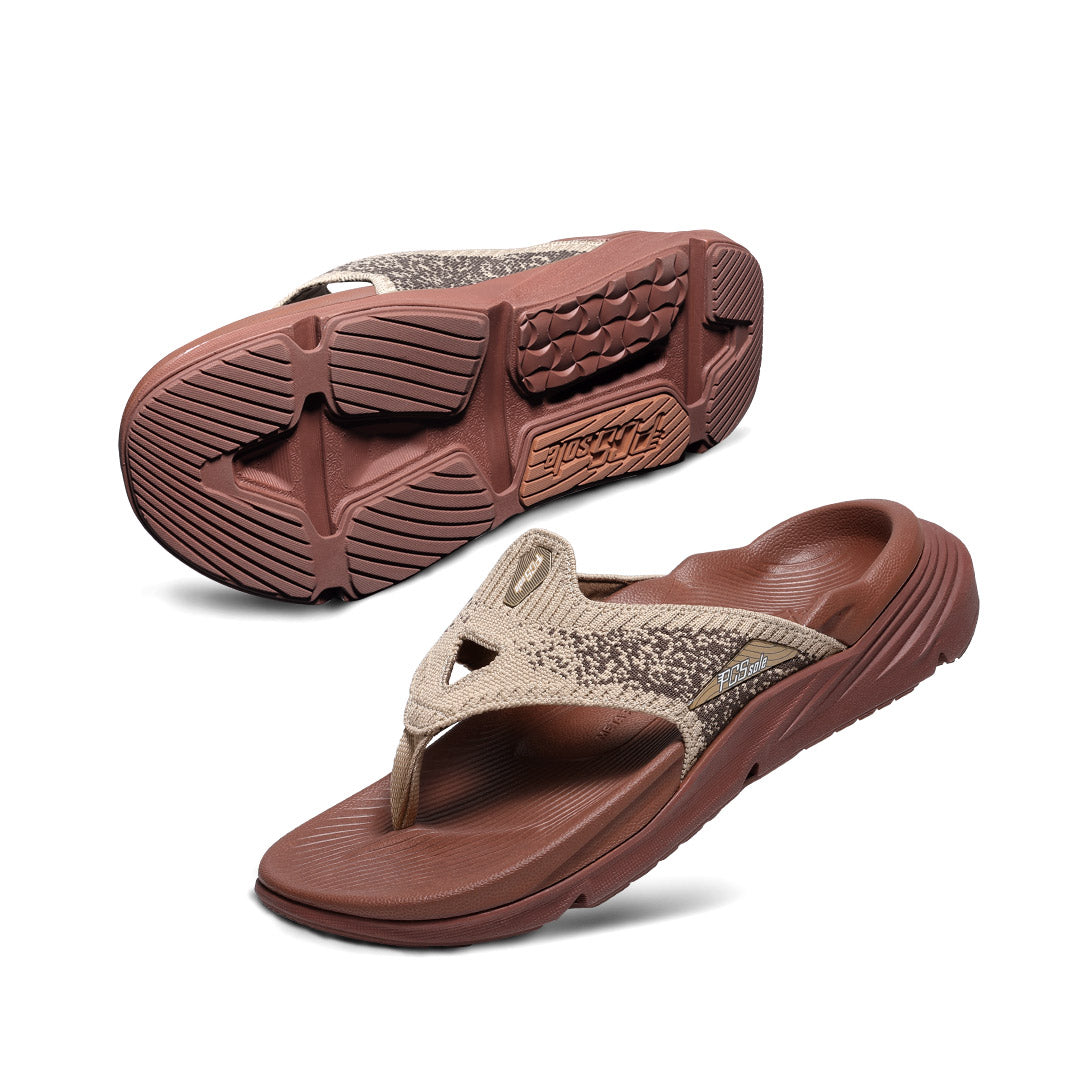
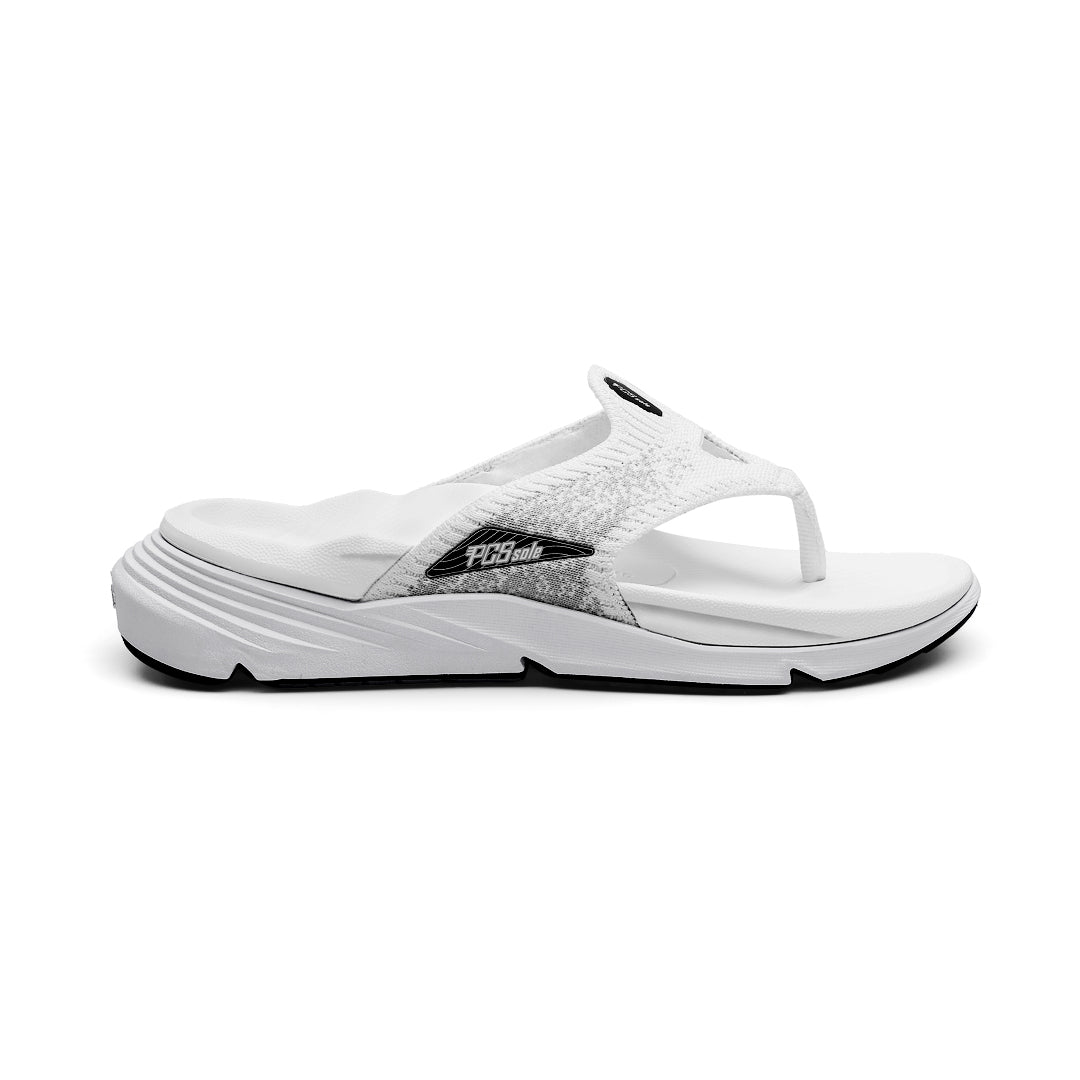

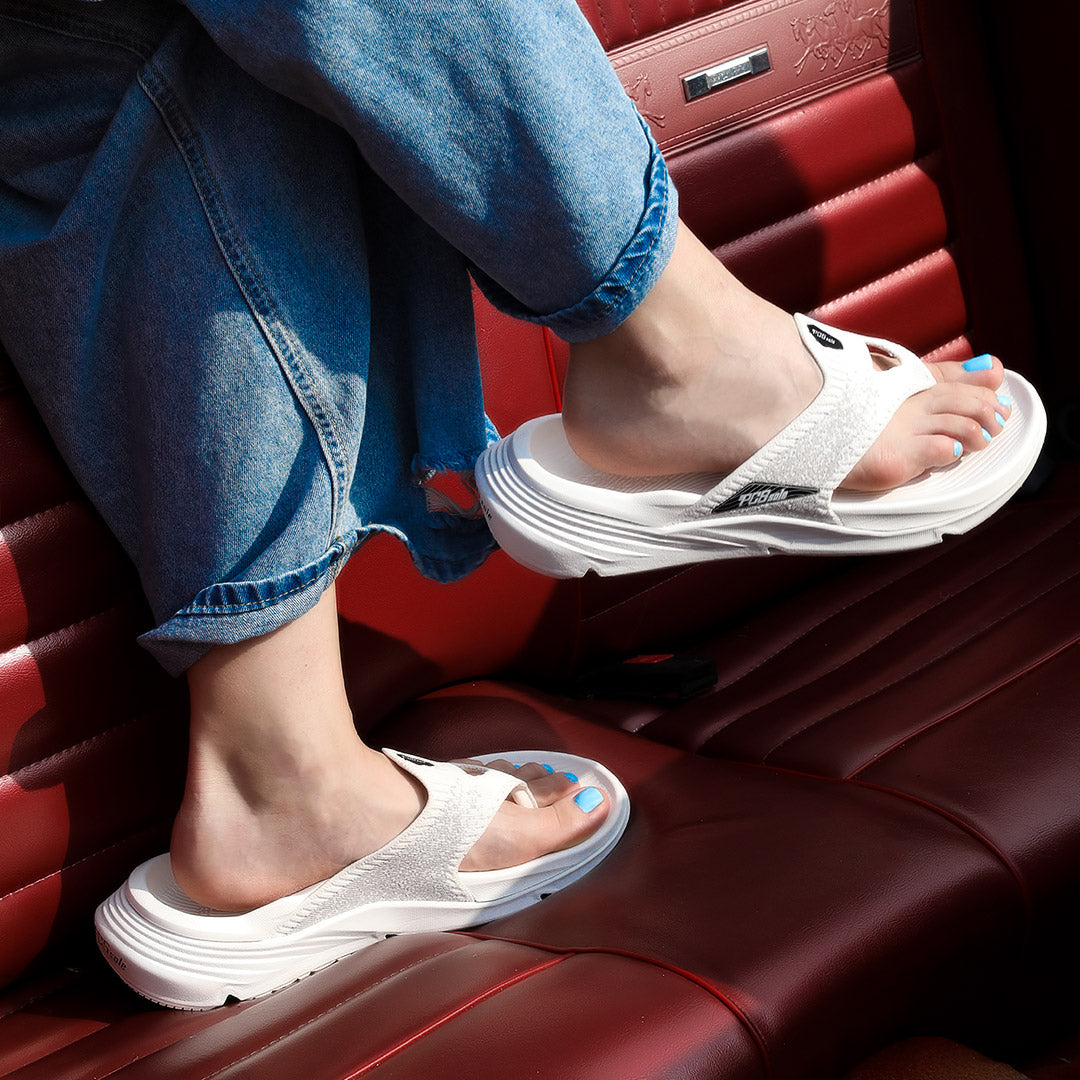
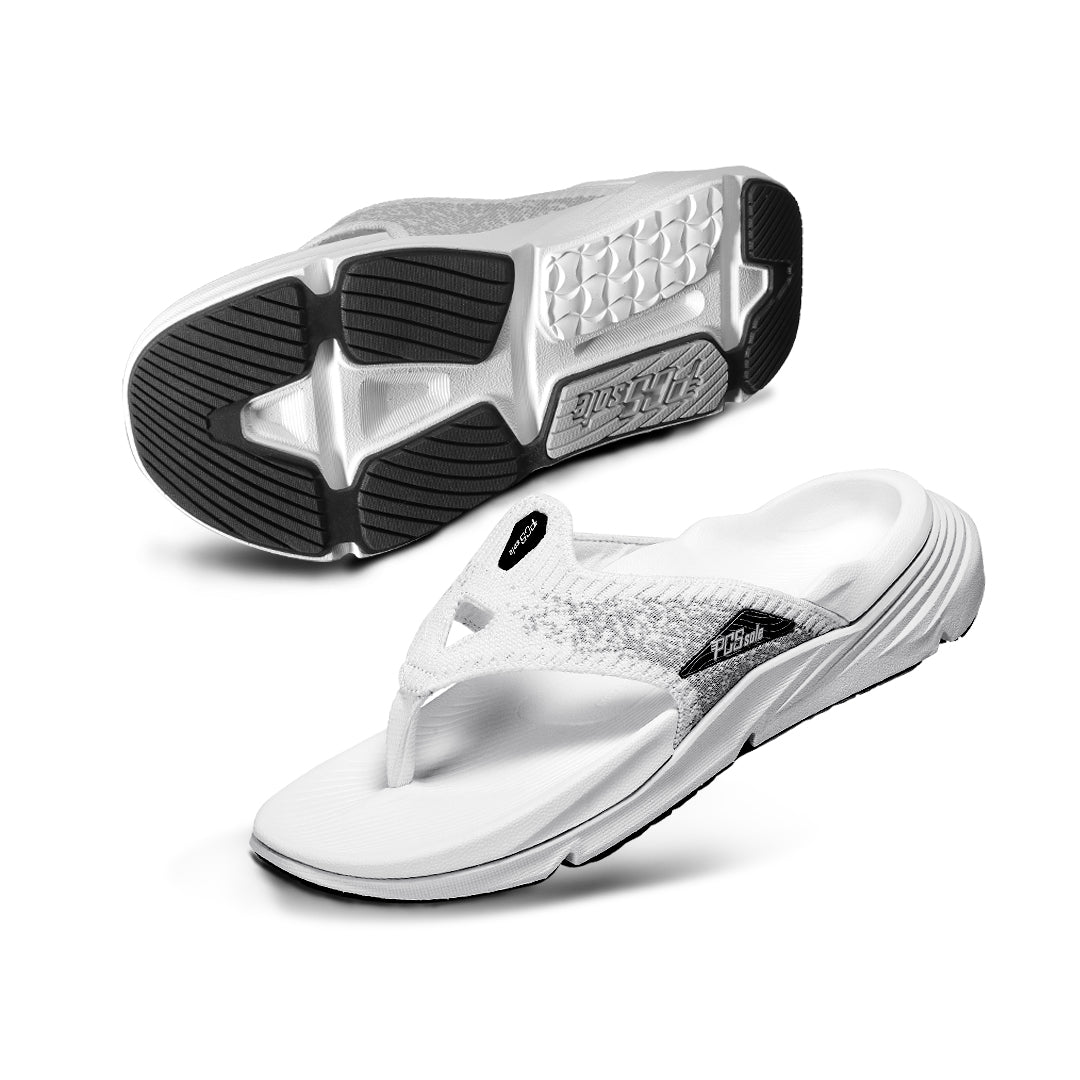
Aktie:
Best Heavy Duty Support Insoles:Say Goodbye to Foot Fatigue
My Plantar Fasciitis Savior! 30 Seconds, Let Me Work 8 Hours is No Longer a Nightmare